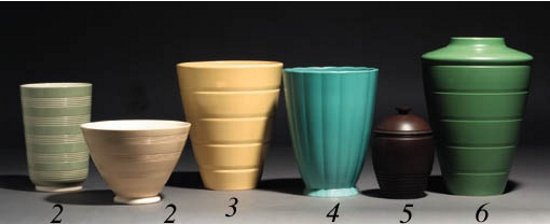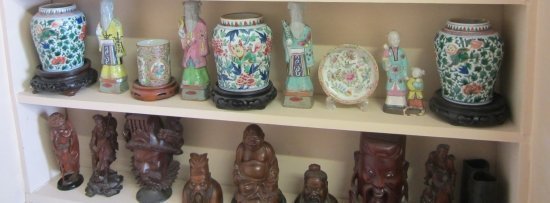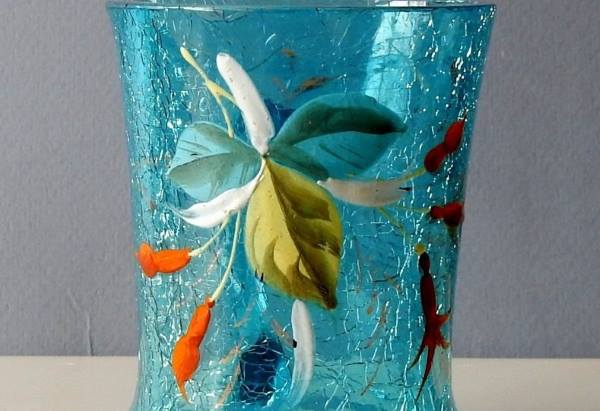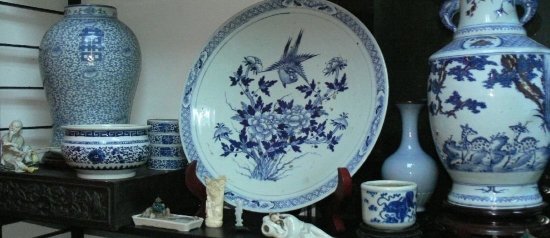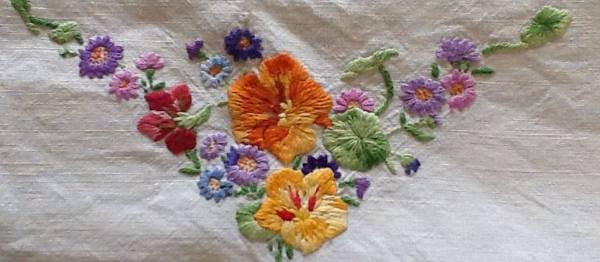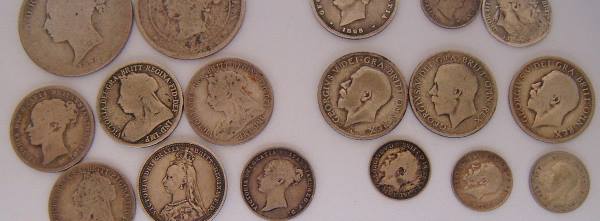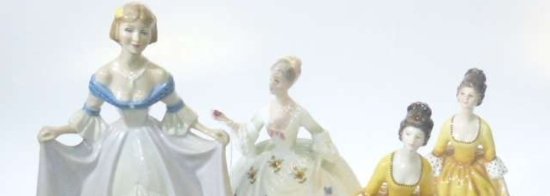Transferware is akin to a form of printing, except that the marks are made on ceramics, usually bone china or earthenware pottery, instead of on paper. John Brooks, an Irish engraver working in Birmingham, unsuccessfully applied for a transfer printing process patent in 1751, but historians credit printers John Sadler and Guy Green of Liverpool as the men who perfected the process and brought it to market a few years later, around 1760.
Josiah Wedgwood was the first of the Staffordshire potters to adopt the technique, and Staffordshire became the world centre of transfer printing on ceramics during the 19th century and into the 20th. Other firms based in Staffs included Spode, Ridgway, Adams, Clews, and Johnson Brothers.
The first step in the transfer printing process is to etch a pattern onto a metal plate, often copper. The plate is then inked and the pattern is pressed on to specially treated paper. The inked paper is then laid onto the unfired ceramic item until the clay absorbs the ink. The piece is then glazed and fired.
This technique was a huge breakthrough for the English ceramics industry of the time. Previously, all decorated ceramic ware was painted by hand, an expensive and time consuming business. Now, pieces could be mass produced to a dependable quality, meaning that patterned ceramics could now be produced for the masses rather than solely for a wealthy elite.
Originally, transfer printing could only cope with one colour at a time, but as the technology developed it became possible to print with multiple colours. Sometimes, transfer printing and hand painting were combined on the same piece. A further technical refinement was polychroming, which produced very bright, almost enamelled looking colours with a high glaze.
The Chinese Willow pattern was extremely popular in early transferware ceramics, and this timeless design remained a bestseller for many years. Romantic scenes were also frequently used and many pieces were commemorative with events like famous battles, coronations and ship launches depicted. Rural scenes and floral patterns were also common. The Staffordshire makers also produced many patterns for export to America, which was a huge market for them.
Dating and identifying items can be straightforward when pieces were marked according to the diamond mark and numbering systems which were initiated in 1842. The marking and numbering system is quite complicated, but guides are available online.


